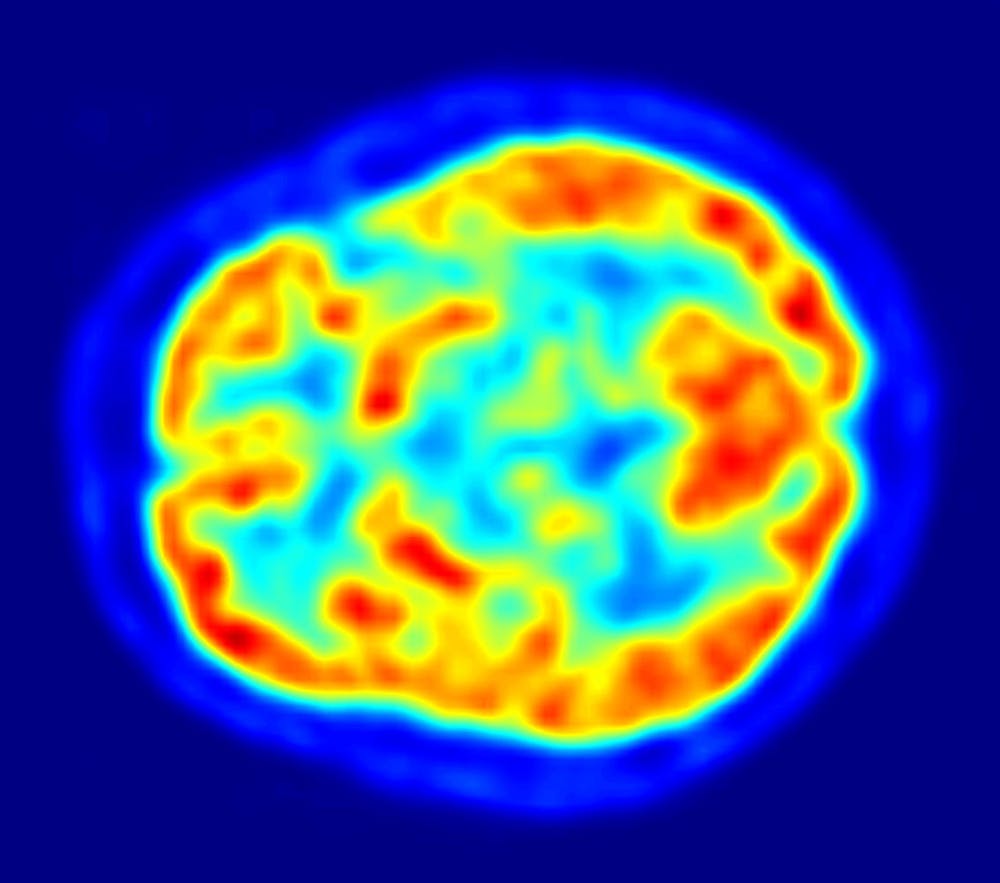We’re at the home stretch of the academic year! Let’s end the year strong by reviewing some breaking discoveries this week.
New color
A never-seen-before color was created by scientists who tricked retinal cells into perceiving it with a laser. The color, called “olo,” is blue-green and exhibits an intensity — or saturation — beyond the natural range of colors typically perceived by humans.
“What is novel in this study is the evidence that such new colours can, in fact, be perceived,” wrote Sérgio Nascimento, a physicist who specializes in human vision, for Nature.
The research team accomplished this by mapping the retinas of participants and identifying the position and type of each of their cones — that is, the photoreceptors in their retinas specialized for color perception. Then, they stimulated each individual cone with a laser. This precise targeting is crucial, because the perception of color arises from the brain comparing signals from three types of cones, each sensitive to different wavelengths of light. By precisely activating a cone sensitive to a specific wavelength of light, the researchers can cause the brain to perceive an “imperceptible” color. While the tone or hue of olo is blue-green, its saturation is imperceptible in normal conditions.
This approach holds potential for developing new treatments for color vision deficiencies, such as color blindness. By enabling the eye to perceive differences in hue that it would not otherwise detect, this methodology could lead to innovative solutions in vision correction for colorblind individuals. Moreover, the ability to create new colors could have applications in various fields, including art, design and virtual reality, where art can be expanded beyond what we are able to perceive normally.
“These results are proof-of-principle for programmable control over individual photoreceptors at population scale,” wrote the researchers in their publication.
Signs of extraterrestrial life?
A team of researchers at the University of Cambridge claims to have found biosignatures on a distant planet, using data from the James Webb Space Telescope (JWST). By measuring light signals originating from the exoplanet’s (K2-18 b) parent star (K2-18) and traveling through the planet’s atmosphere, the researchers found chemical fingerprints of dimethyl sulfide (DMS) and/or dimethyl disulfide (DMDS): chemicals only produced on Earth by living organisms. These observations are also statistically significant — according to the researchers, there is only a 0.3% possibility that they occurred by chance.
“This is an independent line of evidence, using a different instrument than we did before and a different wavelength range of light, where there is no overlap with the previous observations. The signal came through strong and clear,” said leading researcher and professor of astronomy Nikku Madhusudhan in an interview published on the University of Cambridge’s website.
The signal was detected on K2-18 b, an exoplanet approximately 124 light years away from our solar system. This supports earlier findings, observed in 2023, on the same exoplanet.
However, their interpretation is met with skepticism from the scientific community, mostly because of the JWST’s technical limitations. The current data is noisy and requires re-evaluation to determine if the results arose from statistical fluctuations. In addition, even if the DMS signal is real, it could still be due to abiotic processes which are not necessarily indicators of life. Regardless, Madhusudhan’s team continues to observe K2-18 b on the JWST to validate the significance of their claim.
Novel stem cell therapy for Parkinson’s disease
Recently published clinical trials in Nature using stem cell transplants for Parkinson’s disease yielded encouraging results.
Parkinson’s disease is a neurodegenerative disease characterized by tremors, slowness of movement and muscle stiffness. Other subtypes of Parkinson’s can result in cognitive impairments and general apathy. The symptoms are due to degeneration in dopamine-producing nerve cells in the midbrain, which primarily control movement.
To test whether stem cells can replenish neurodegeneration in Parkinson’s, researchers injected stem-cell-derived neurons into the putamen, a region in the brain involved in learning and motor control which, when deprived of dopamine, can result in Parkinson’s. The team used stem cells because of their capacity for regenerating the body’s tissue, and these neural progenitor cells could theoretically regenerate the dopamine-producing neurons which, when lost, cause Parkinson’s disease. Following injections, human participants were given immunosuppressive drugs similar to those given for solid organ transplants so that the body would not reject the foreign cells.
The researchers ultimately found that overall dopamine production after one year either stayed the same or slightly increased. These are vast improvements when compared to the extensive 35%–45% decline of dopamine observed in early Parkinson’s patients.
These groups are looking to start trials with larger numbers of participants to resolve variability in clinical outcomes and eventually consider the transplant for widespread consumer use.





